This vacation I intended to solve a mystery.
I was on Mount Desert Island in Maine for two weeks. Having fled New York City—the meetings and traffic and humidity—I didn’t want anything to do with fancy restaurants or charity cocktail parties. I was looking for old-fashioned fun, maybe even a little adventure.
On one of the main roads encircling the island, which is the home of Acadia National Park, stood a sign I’d seen many times before, for clams, mussels, and lobsters, each item lettered on a separate plank. The board on the top said rats and on the bottom, new shells, but it was clear that a plank could be added or removed depending on what was in season. It was August, and newly molted lobsters—called new shells, shedders, or soft shells—were available.
Let’s face it, New Englanders have funny names for things, and the accent doesn’t help. I wondered if rats might be Maine vernacular for some kind of shellfish. That was the conundrum.
This roadside sign, wearing a small American flag like a jaunty hat, reminded me of something that hung in my kitchen: a six- by eight-inch card of Shellfish Regulations from Nantucket, where my parents had lived for 15 years. Like the sign in Maine, it featured quirky names for the quahaugs and steamers: littlenecks and cherrystones were familiar enough, but not nanny nose and gaggers.
My card, which I’d framed, had pretty pen-and-ink drawings of the shellfish, notes about the sizes of each, and an exhortation to get a family permit at the town hall. My parents always had one. Their Nantucket didn’t have private jets, preppy red pants, and French restaurants. Instead, it offered miles of isolated beach to cast for bluefish, and saltwater inlets for netting blue crabs. As an adult, I had adopted Mount Desert Island because it was like their Nantucket of 35 years ago.
So here we were, contemplating the prospects of fresh seafood. Even if our curiosity about rats was not satisfied, our appetites would be. How about spaghetti alle vongole for dinner? We took a sharp right and headed up the hill.
Nailed to a tree every hundred feet or so was another hand-lettered sign for clams, with an arrow pointing the way along the twists and turns of the gravel road. Almost a mile into the woods, we arrived at our destination. A converted garage served as a food stand for shellfish.
A woman ran from the house to greet us. She only had steamers and cherrystones, which are slightly larger than the littlenecks usually used in clam sauces. The decision to go with the steamers probably had a lot to do with using a few for a starter.
I tapped a recipe from Tyler Florence. While the pasta was boiling, I sautéed garlic and red pepper flakes in olive oil, then added some white wine and lemon. Just as my father used to draw the aromas floating up from a pan to his nose, I inhaled memories of days at the beach. I threw in the clams to steam. When they had all opened—so fresh!—I tossed the pasta into the clam mixture, added a little butter, and sprinkled on some fresh parsley.
I used Portuguese vinho verde, even though Florence had recommended pinot grigio. It was light and inexpensive—and probably also sentimental. My great grandparents had come from another island, Fayal, off the coast of Portugal.
The star of the dish, of course, was the clams. We hadn’t dug them, as my father would have, but he would have appreciated the fun we had in learning who did: a man we never met, Richard Alan Taylor, also known as “Rat.”
Addendum: a family album of food and the seashore
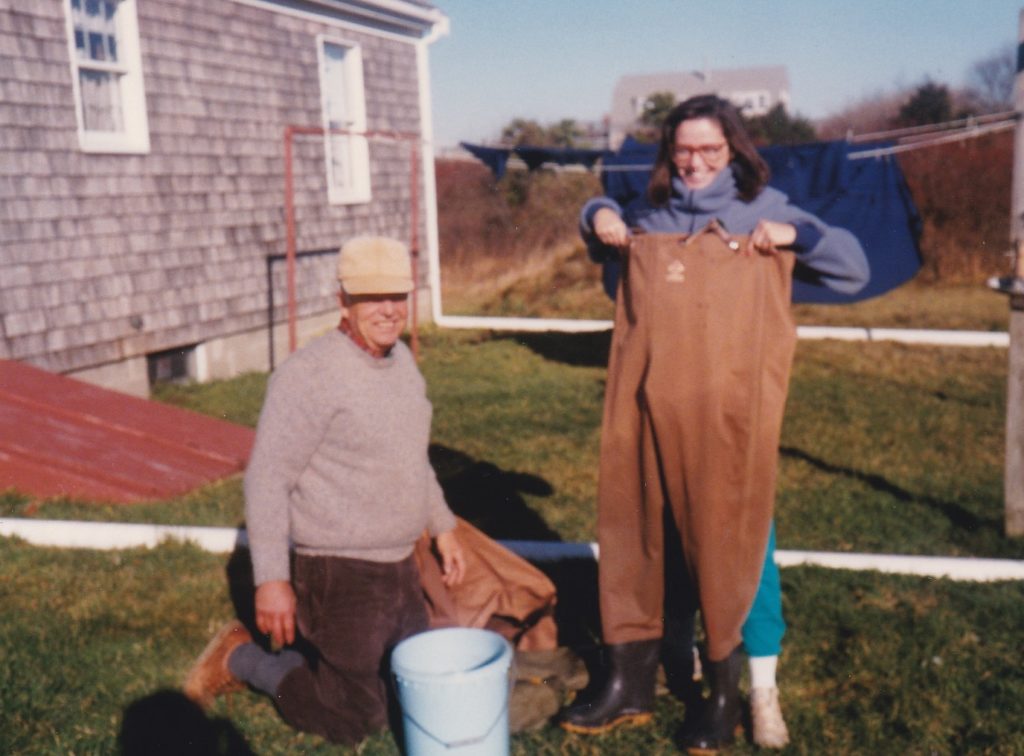
During a fall trip to Nantucket around 1985, I borrowed waders to go crabbing. We coaxed the crabs close with chicken parts on a string, then scooped them up with a wading net.

After steaming the blue crabs, my father always helped pick them. He was expert at shucking clams, too.

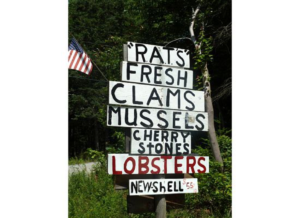
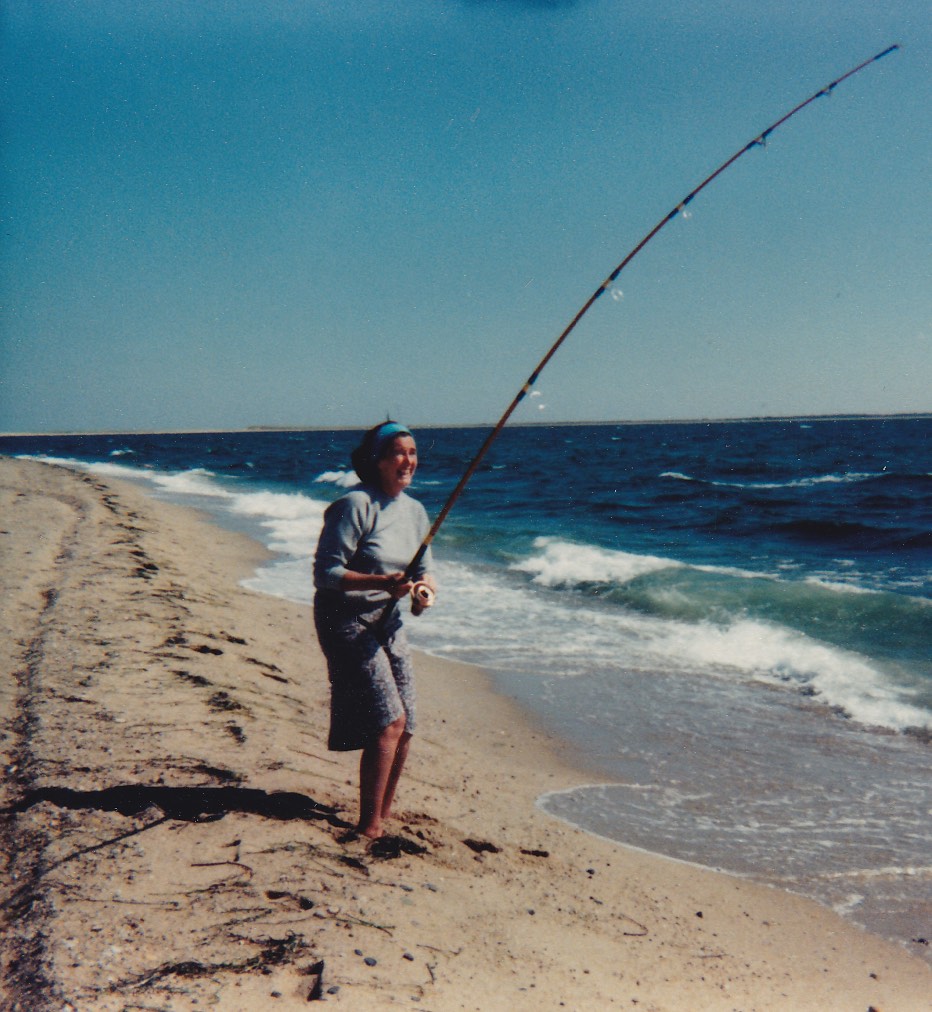
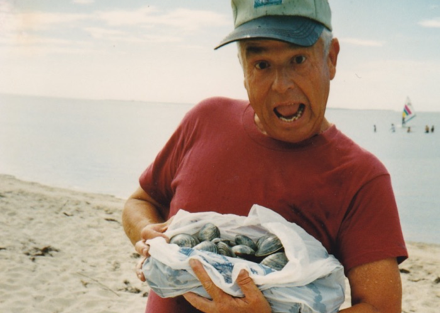
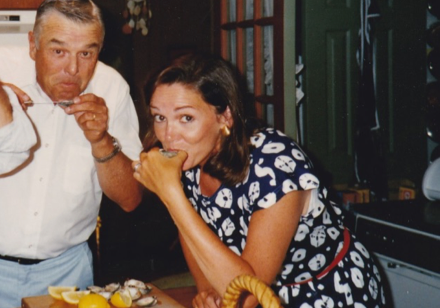
Your Comments